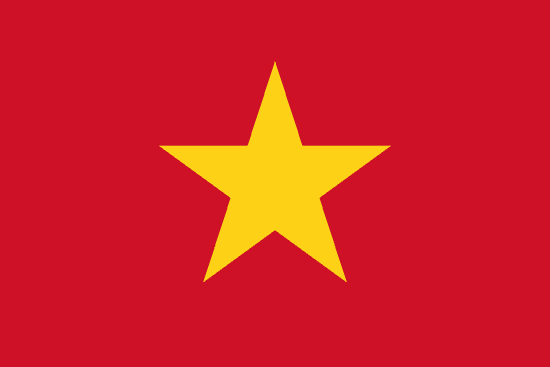Binh Thuan, where the sun kisses the ocean and the wind whispers through the sand dunes.
About:
Binh Thuan, a coastal province in southeastern Vietnam, has a rich history dating back to the Cham Empire (7th-18th centuries). It was absorbed into the Vietnamese state in the late 15th century under the rule of Emperor Lê Thánh Tông. Binh Thuan experienced significant development during the Nguyen Dynasty (1802-1945). Post-Vietnam War, it underwent economic transformations, focusing on agriculture, fishing, and tourism. Today, Binh Thuan is renowned for its beautiful beaches and unique Cham cultural heritage.
When to visit:
Binh Thuan, a coastal province in Vietnam, boasts a tropical climate with distinct wet and dry seasons. For a holiday, the best time to visit Binh Thuan is during the dry season, which typically lasts from November to April. During this time, the weather is warm and sunny, ideal for enjoying the stunning beaches and outdoor activities that Binh Thuan has to offer. Be sure to avoid the wet season from May to October, as heavy rains and potential typhoons may disrupt your holiday plans.
When to avoid:
Binh Thuan, located in Vietnam, experiences its peak tourist season during the months of December to April, coinciding with major holidays such as Tet (Lunar New Year) and Christmas. During this time, the region can become crowded with visitors, leading to higher prices for accommodations and activities. The beaches may be packed, and popular attractions may have long queues. Travelers seeking a quieter and more affordable experience may consider avoiding these peak holiday periods and opting for shoulder seasons like May to November.
Rainy Season (Sep–Nov)
In Binh Thuan, Vietnam, the wettest period is from June to November. Average temperatures range from 25-30°C. Rainfall is abundant, with an average of 100-200mm monthly, predominantly in the afternoon or evening. Sunlight hours decrease to 5-6 hours per day due to increased cloud cover. Humidity levels rise, making the heat feel more intense. An average day for a visitor may start with mild sunshine, turning into overcast skies, followed by heavy showers in the afternoon. Despite the rain, the vibrant greenery and cooler temperatures provide a refreshing change.
"Hot Season (March–May)"
In Binh Thuan, Vietnam, the warmest part of the year typically falls between April and June. During this period, the average high temperatures range from 33°C to 35°C (91°F to 95°F), while the average low temperatures are around 26°C to 28°C (79°F to 82°F).
Rainfall is relatively low during these months, with monthly averages ranging from 30mm to 50mm, making it one of the driest periods of the year. The region receives approximately 6 to 7 hours of sunlight per day, which is relatively high compared to other parts of the year.
Humidity levels are moderate, typically around 70-75%, which can make the heat feel more intense. Cloudiness is relatively low, with clear or partly cloudy conditions prevailing most of the time.
For a visitor, a typical day during this period would feel hot, especially in the afternoons. Mornings and evenings are slightly cooler and more comfortable. The heat can feel quite intense due to the high temperatures and humidity, but the low rainfall and high amount of sunshine make it a great time for outdoor activities and beach visits. It's important to stay hydrated and wear sun protection due to the strong sun and heat.
Language:
In Binh Thuan, a province in the Southeast region of Vietnam, the most commonly spoken language is Vietnamese, the official and national language of Vietnam. Additionally, there are also communities that speak Cham, a Malayo-Polynesian language, due to the presence of the Cham ethnic minority in the region.




